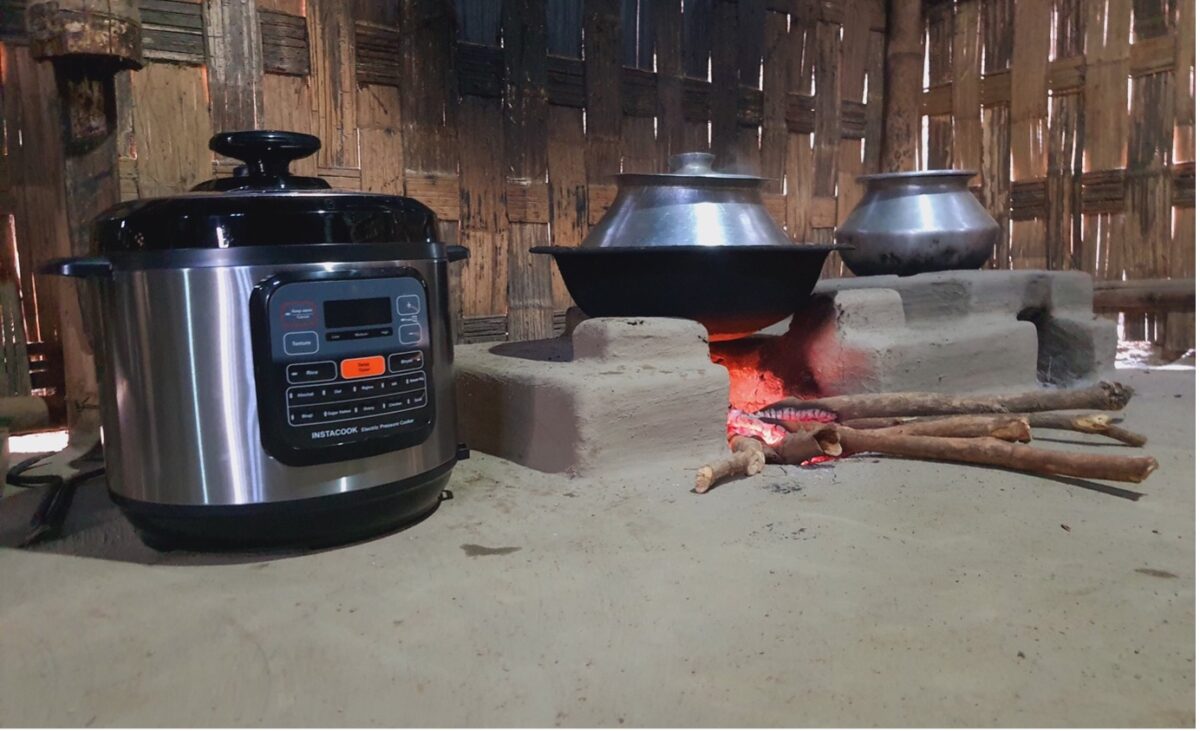The Need for Digital Learning in Remote Areas
Remote communities in India often face severe challenges in accessing education and information. Traditional resources are scarce, and the lack of connectivity exacerbates the situation. Without access to real-time information or quality educational content, these communities are at a significant disadvantage, missing out on numerous opportunities that could improve their lives.
GHE’s Digital Learning Lab is a response to this pressing need. By introducing digital learning tools, GHE is not only overcoming the physical barriers to education but also empowering students, youth, and community members with the skills necessary to thrive in a technology-driven world.


















0 Comments